What is Coolsculpting?
CoolSculpting, also known as cryolipolysis, is a non-invasive cosmetic procedure aimed at reducing body fat. It works by freezing fat cells under the skin, which then die and are processed out of the body naturally over time. CoolSculpting has become a popular option for those looking for a non-surgical way to reduce fat and contour their body. It's an innovative technology that leverages the power of cold to target and eliminate fat cells, offering a convenient solution for enhancing body shape.
During a CoolSculpting session, a practitioner applies a gel pad and applicator to the targeted area. The applicator delivers controlled cooling to the fat cells beneath the skin while keeping the surface at a safe temperature. As the fat cells are exposed to cold, they begin to die off and are gradually eliminated by the body's natural processes. This results in a reduction of fat in the treated areas.
The procedure is generally considered safe and effective for reducing fat in specific areas such as the abdomen, thighs, under the chin, back, sides, and underneath the buttocks. It's particularly popular among those looking for an alternative to more invasive methods like liposuction. CoolSculpting is not a weight-loss solution for obesity; rather, it's suitable for removing localized areas of stubborn fat that do not respond well to diet and exercise.
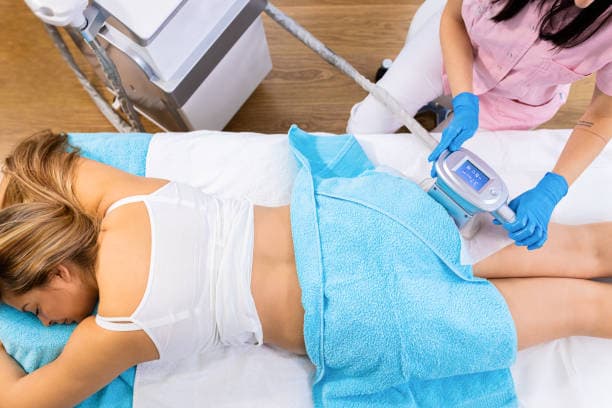
What is Liposuction?
Liposuction is a surgical cosmetic procedure designed to remove excess fat from specific areas of the body, improving its shape and contours. It is one of the most common plastic surgery procedures performed worldwide. The technique involves the use of a hollow instrument called a cannula, which is inserted under the skin. A powerful, high-pressure vacuum applied to the cannula then suctions out the fat from the body.
This procedure is typically used on parts of the body where fat tends to accumulate, such as the abdomen, hips, thighs, buttocks, arms, neck, and under the chin. It's important to note that liposuction is not a weight-loss method or an obesity treatment; it's intended for body contouring and is most effective for individuals who have stable body weight but want to remove undesirable deposits of body fat in specific parts of the body.
Liposuction can be performed using various techniques, including tumescent liposuction, ultrasound-assisted liposuction (UAL), and laser-assisted liposuction (LAL). Tumescent liposuction is the most common method where a medicated solution is injected into fatty areas before the fat is removed, which numbs the area and reduces blood loss. UAL uses ultrasonic vibrations to liquefy fat cells, and LAL uses laser energy to liquefy fat cells.
The procedure usually requires local or general anesthesia and can be done in a hospital or an outpatient surgical facility. The duration of the procedure varies depending on how much fat is being removed and the number of areas being treated.
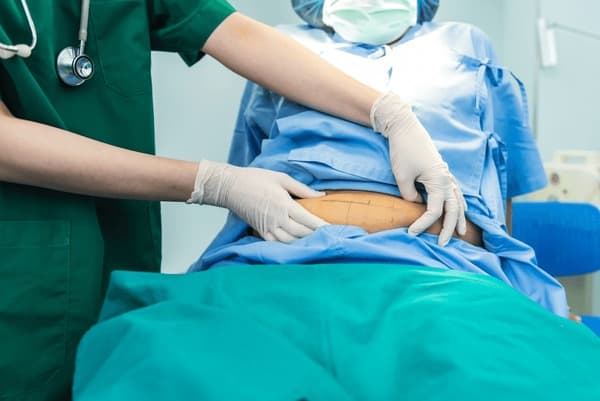
What’s the difference between Coolsculpting vs. Liposuction?
CoolSculpting and liposuction are two different methods used for reducing body fat and contouring the shape of the body. While both aim to remove fat, they differ significantly in their approach, procedure, recovery time, and ideal candidates.
CoolSculpting is a non-invasive procedure that uses cryolipolysis technology to freeze and destroy fat cells. It's an outpatient procedure with no anesthesia required and minimal downtime. Patients can typically return to their daily activities immediately after the treatment. The results are not immediate; they gradually appear over several weeks as the body naturally processes and eliminates the dead fat cells. CoolSculpting is best for individuals who are near their ideal body weight but have stubborn areas of fat that do not respond to diet and exercise.
Liposuction, on the other hand, is an invasive surgical procedure that physically removes fat cells from the body using a suction technique. It requires anesthesia and may be performed in a hospital or surgical center. Recovery time is longer than CoolSculpting, with patients needing to take time off work and avoid strenuous activities for several weeks. The results of liposuction are more immediate compared to CoolSculpting but come with the risks associated with surgery, such as infection or complications from anesthesia.
In terms of effectiveness, liposuction can remove more fat at once and can be used in larger areas than CoolSculpting. However, because it's a surgical procedure, it leaves small scars where the cannula was inserted, and there's a risk of skin irregularities if not done correctly.
CoolSculpting has fewer risks since it's non-invasive, but it may require multiple sessions to achieve the desired results, which could make it more expensive over time. It's also limited to certain areas of the body where the applicator can effectively target the fat.
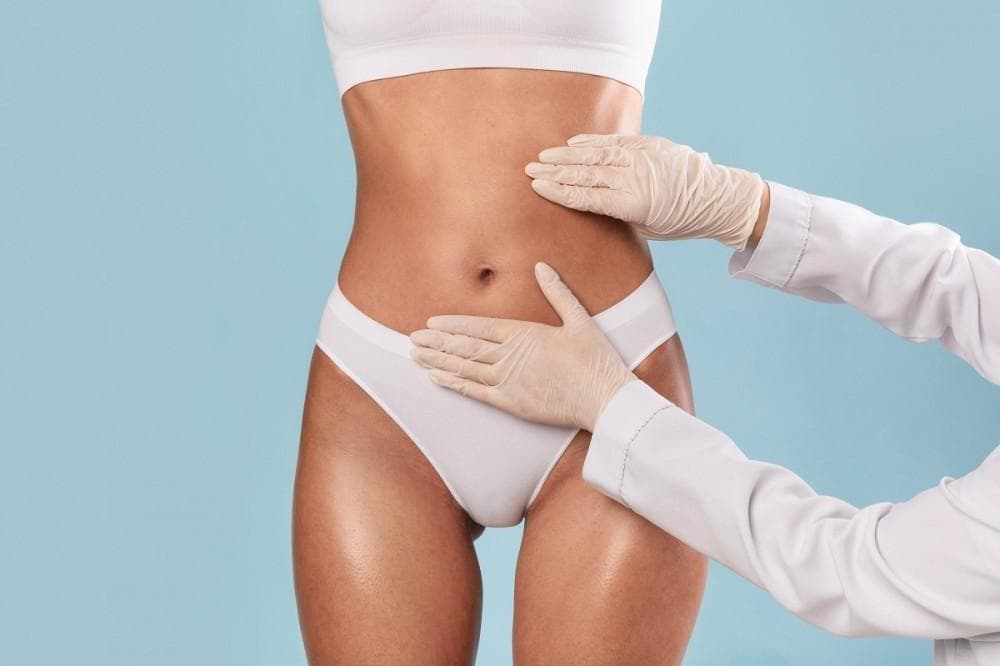
The Pros & Cons of Coolsculpting
Pros of Coolsculpting
The procedure is relatively quick and can be completed in as little as 35 minutes per treatment area, making it convenient for people with busy schedules. Since there's no downtime, patients can immediately return to their daily activities, including work and exercise.
CoolSculpting is also known for its targeted approach to fat reduction. It can effectively treat stubborn fat pockets that are resistant to diet and exercise, such as love handles, belly fat, and underarm bulges. The precision of the treatment allows for contouring and sculpting of the body in specific areas, providing a more aesthetically pleasing shape.
The results of CoolSculpting are long-lasting because the treated fat cells are permanently eliminated from the body. As long as the patient maintains a healthy lifestyle post-treatment, the results can be sustained indefinitely.
CoolSculpting also boasts high patient satisfaction rates. Many patients see noticeable fat reduction after just one treatment session, with more pronounced results after two or more sessions.
Cons of Coolsculpting
While CoolSculpting offers many benefits as a non-invasive fat reduction treatment, there are also some drawbacks to consider.
One of the main cons is that the results are not immediate. It can take several weeks to months for the full effects to be visible as the body gradually eliminates the destroyed fat cells. This delayed result may not be ideal for individuals seeking quicker outcomes.
Another disadvantage is that multiple sessions may be required to achieve desired results, which can increase the overall cost and time commitment. Although there is no downtime, each session can last up to an hour, and the full treatment plan may involve several visits to the clinic.
CoolSculpting is also limited in the amount of fat it can remove in a single session. It's designed for spot reduction of fat rather than significant weight loss, so it may not be suitable for individuals with larger volumes of fat to lose.
While the procedure is generally safe, some patients may experience side effects such as pain, swelling, bruising, tingling, or numbness in the treated area. These effects are usually temporary but can be uncomfortable and last for several weeks.
In rare cases, paradoxical adipose hyperplasia may occur, where the treated area becomes larger rather than smaller due to an unusual reaction to cold exposure. This condition is more difficult to treat and often requires surgical intervention.
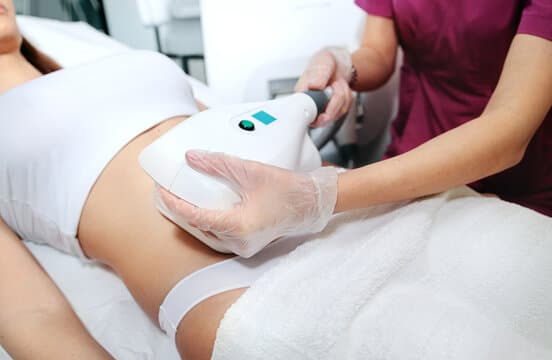
The Pros & Cons of Liposuction
Pros of Liposuction
Liposuction is a popular cosmetic surgery procedure that offers several benefits for those looking to remove excess fat and improve body contours.
One of the primary pros of liposuction is its effectiveness in removing larger quantities of fat in a single session compared to non-invasive methods like CoolSculpting. This can result in more dramatic and immediate changes in body shape.
Another advantage is the precision with which liposuction can target specific areas of the body. Surgeons can sculpt and contour areas like the abdomen, thighs, arms, and neck with a level of detail that is difficult to achieve with other fat-reduction techniques. This precision allows for customized results tailored to the patient's desired outcome.
Liposuction also offers permanent removal of fat cells. Once these cells are removed, they do not regenerate, meaning that the results can be long-lasting if the patient maintains a stable weight through diet and exercise.
For patients with good skin elasticity, liposuction can result in smooth contours without significant sagging or wrinkling of the skin. In cases where skin laxity is a concern, liposuction can be combined with other procedures such as tummy tucks or body lifts to achieve an overall improved appearance.
The procedure has a well-established safety profile when performed by a qualified and experienced plastic surgeon. Advances in techniques and technology have made liposuction safer and less invasive over the years, with options like tumescent liposuction reducing the risk of bleeding and anesthesia-related complications.
Recovery from liposuction, while longer than non-surgical options, is relatively quick for surgery. Most patients can return to work within a few days and resume normal activities within a couple of weeks, although full recovery and final results may take longer to manifest.
Cons of Liposuction
Liposuction, while effective for fat removal, comes with several cons that should be considered. As an invasive surgical procedure, it carries the inherent risks associated with surgery, such as infection, bleeding, and complications from anesthesia. There's also the potential for blood clots or fat embolism, which can be serious or even life-threatening.
The procedure requires incisions, which means there will be some scarring. Although these scars are typically small and strategically placed to be less noticeable, they are permanent and may be a concern for some patients.
Recovery from liposuction can be uncomfortable and may include pain, swelling, bruising, and soreness in the treated areas. These side effects can last for several weeks, and patients may need to wear compression garments to help reduce swelling and support the healing tissues.
Liposuction also requires downtime for recovery. Patients often need to take time off work and limit physical activities during the initial healing period. The full results of the surgery may not be visible for several months as the body adjusts and settles into its new shape.
Another con is that liposuction does not address issues of skin laxity. If a patient has loose skin before the procedure, it may remain loose afterward since liposuction only removes fat, not excess skin. Additional procedures may be necessary to tighten the skin and achieve optimal results.
Liposuction is not a weight-loss solution or an obesity treatment. It's designed for body contouring and is most effective for individuals who are already close to their ideal weight but have stubborn pockets of fat that do not respond to diet and exercise.
The procedure can also result in contour irregularities if not performed correctly or if the patient has poor skin elasticity. These irregularities may include lumps, bumps, or indentations in the skin.
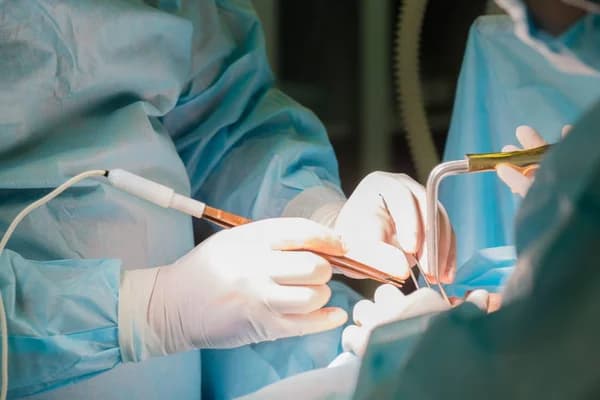
Recovery After Coolsculpting vs. Liposuction
Recovery after CoolSculpting and liposuction differs significantly due to the nature of each procedure. CoolSculpting, being non-invasive, generally allows for a quick return to normal activities. Most patients experience minimal disruption to their daily routines and can resume work and exercise immediately after the procedure. There is no need for special post-treatment care other than maintaining a healthy lifestyle to support the body's natural process of eliminating the destroyed fat cells.
In contrast, liposuction requires a more extensive recovery period due to its surgical nature. Patients may need to take several days off work and avoid strenuous activities for a few weeks. Post-operative care includes wearing compression garments to reduce swelling and support healing, taking prescribed medications to manage pain and prevent infection, and attending follow-up appointments to monitor progress. Swelling and bruising can be significant and may last several weeks, with the final results of the surgery becoming apparent only after the body has fully healed, which can take several months.
It's also important to note that while CoolSculpting has no downtime, it may require multiple sessions spaced several weeks apart to achieve optimal results. This could extend the overall timeline for seeing final outcomes compared to liposuction, where most of the fat removal is accomplished in one operation.
Both procedures require patients to maintain realistic expectations and follow their provider's instructions closely during recovery. With CoolSculpting, patience is necessary as results develop gradually over time. With liposuction, adherence to post-operative guidelines is crucial for minimizing complications and ensuring satisfactory results.

Conclusion
In conclusion, when comparing CoolSculpting and liposuction, it's clear that both procedures offer distinct advantages and considerations. CoolSculpting stands out for its non-invasive nature, lack of downtime, and safety profile, making it an appealing option for those seeking gradual fat reduction with minimal disruption to their daily lives. Liposuction, on the other hand, is recognized for its immediate and more dramatic results, ability to remove larger volumes of fat in a single session, and suitability for more extensive body contouring. The choice between CoolSculpting and liposuction ultimately depends on individual goals, preferences, and medical history. Patients desiring a non-surgical approach with less risk and recovery time may lean towards CoolSculpting, while those looking for significant changes and are willing to undergo surgery might prefer liposuction.
Read More